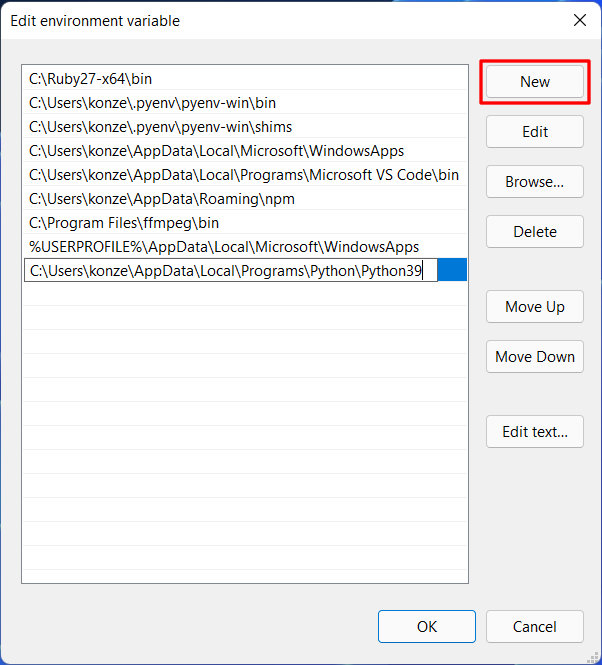

Zone=21,11 fast_pskip=1 chroma_qp_offset=-2 threads=3 lookahead_threads=1 sliced_threads=0 nr=0 dec using cpu capabilities: MMX2 SSE2Slow SSSE3 LZCNT SlowPalignr Use -pix_fmt yuv420p for compatibility with outdated media players. No pixel format specified, yuvj422p for H.264 encoding chosen.

Input #0, dshow, from 'video=HP Truevision HD':ĭuration: N/A, start: 247157.385000, bitrate: N/A Now, we're ready to receive video stream from our webcam.įfmpeg -f dshow -s 320x240 -r 30 -vcodec mjpeg -i video="HP Truevision HD" output.mp4Ĭ:\TEST>ffmpeg -f dshow -s 320x240 -r 30 -vcodec mjpeg -i video="HP Truevision HD" output.mp4Ĭonfiguration: -enable-gpl -enable-version3 -disable-w32threads -enable-avisynth -enable-bzl Video=HP Truevision HD: Immediate exit requested Also, note the video format setting parameter -f comes before of -i to indicate it's an input.Ĭ:\TEST>ffmpeg -f dshow -list_options true -i video="HP Truevision HD"Ĭonfiguration: -enable-gpl -enable-version3 -disable-w32threads -enable-avisynth -enable. Note that I used the device name I got from earlier query.

So, we need to get more information about the device by using this command:įfmpeg -f dshow -list_options true -i video="HP Truevision HD"

We can control by give the proper parameters. Sometimes the frames may be dropped because ffmpeg wants to keep up the the real time input. We may also need to give our devices certain parameters such as size or frame rate etc. "Stereo Mix (Realtek High Definition Audio)" "Microphone (Realtek High Definition Audio)" C:\TEST>ffmpeg -list_devices true -f dshow -i dummyįfmpeg version N-56827-g64327aa Copyright (c) 2000-2013 the FFmpeg developersĬonfiguration: -enable-gpl -enable-version3 -disable-w32threads -enable-avi


 0 kommentar(er)
0 kommentar(er)
